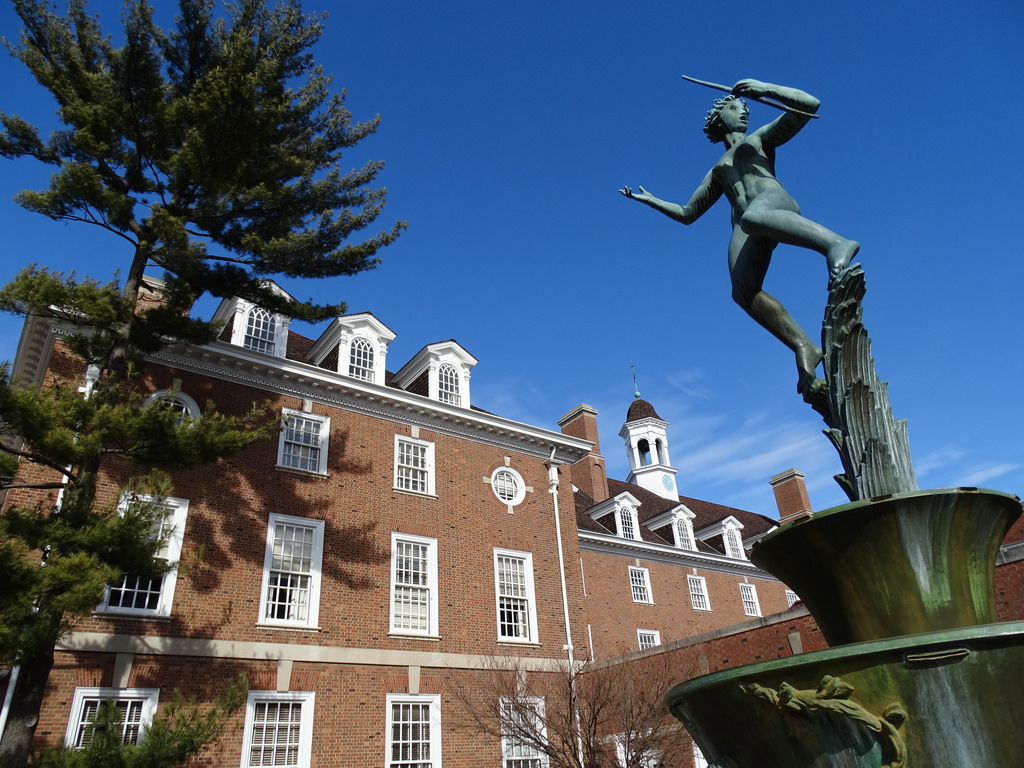IDOT's I-55 and Lake Shore Project wins top award in national transporation competition
- Details
 The Illinois Department of Transportation (IDOT) has earned the Grand Prize in the 2018 America’s Transportation Awards, the top honor for state departments of transportation. The award was presented to IDOT at the American Association of State Highway Transportation Officials annual meeting in Atlanta this week.
The Illinois Department of Transportation (IDOT) has earned the Grand Prize in the 2018 America’s Transportation Awards, the top honor for state departments of transportation. The award was presented to IDOT at the American Association of State Highway Transportation Officials annual meeting in Atlanta this week.
IDOT’s Interstate 55-Lake Shore Drive interchange took the top prize in the “Best Use of Technology & Innovation, Medium Project,” prize for its use of a temporary bridge to accommodate inbound I-55 traffic to southbound Lake Shore Drive.
“We are proud to bring this award home to Illinois for the first time,” Illinois Transportation Secretary Randy Blankenhorn said in a press release. “The innovation that made this project stand out represents IDOT’s enthusiasm and commitment for creating and maintaining a safe and efficient transportation system for travelers statewide. Our employees strive to find creative solutions each and every day in everything they do to keep Illinois moving.”
The project saves the public countless hours of delays by avoiding extended closures and detours during the reconstruction. It also increases safety, reduces congestion and connects a major interstate and an urban expressway near some of Chicago’s most popular recreational and educational destinations, according to IDOT.
The 2018 competition attracted 79 project nominations from state departments of transportation in 35 states. An independent panel of industry judges selected the Grand Prize winner, while the project receiving the highest number of online votes earned the Socrata People's Choice Award.
The award also included a $10,000 cash prize for a local nonprofit organization, which IDOT will give to the Special Olympics.
Artist of the Month - Stanley Bly
- Details
 Stanley Bly is the September Artist of the Month. He lives in Springfield and creates artwork using oil paint on wood.
Stanley Bly is the September Artist of the Month. He lives in Springfield and creates artwork using oil paint on wood.
How long have you been an artist or when did you start? Was there a single incident or moment when you realized this was your passion and if so, tell us about it?
Like any cliché, I always knew I wanted to be an artist, ever since I was a kid. I graduated with my bachelors in art from the University of Illinois in Springfield, and it was through those studies I became interested in art history and poetry, two things that still affect the work I make today.
There was a single moment that made me the artist I am today, and that was when I was accepted into a show at the Illinois State Museum, the Pro-Text exhibition. From there I made friends with other like-minded artists who I still work and show with. They’re very talented people.
Illinois has been factored into your work in the past. What does being able to live and work in Illinois mean to you?
It’s where I grew up, it’s the landscape I know, and it’s really a much more diverse state in terms of people and landscape than people realize. For me to work here and be able to make paintings here is wonderful. I’m right in between many different metropolitan cities, all within a day’s driving distance. Plus, there isn’t a shortage of history to pull from.
What opportunities does Illinois present to local Illinois artists?
Well of course there are galleries, grants and business opportunities here. It’s just like anything, you have to search them out and work hard. Working hard doesn’t make it any easier, it just means that some of those opportunities start coming to you.
My daughter brought home a picture she drew one night to my studio, and I said, “Wow, that’s really great! Do you think you’d like to do something like this?” She said, “No way dad! I don’t want to work that hard!” I still laugh about that one to this day.
What do you like about Illinois?
I like the dynamic nature of this state. I can drive 20 minutes outside of Springfield and be around rolling hills. I can drive 3 and a half hours north and be surrounded by buildings so tall that I can lose which way west is. There is a large diverse group of different types of people from all walks of life and experiences that live here. Not every state changes in the seasons like we do either. Every trip is a little different.
 What is your favorite medium to work in?
What is your favorite medium to work in?
I like to paint in oil paints on wood. It originally was an homage to the Pre-Renaissance painters, before canvas came around, then I realized how the wood shimmered and that made it into something that somehow seemed more alive.
Where can people view or purchase your work?
My work can be viewed and purchased on my website, the Springfield Art Association Collective and through Artsy. You can also contact me though Instagram or through Facebook.
What artist inspires you and why?
Mark Tansey, a contemporary painter, changed my work the most. His work is funny, serious, introspective, and so well executed it makes you wonder why you paint. The concept of Tansey’s wheel even touches upon genres I don’t like, but Tansey pulled it off and did it in a way that is simple reverence.
John Waterhouse is also one of my favorite painters. His use of paint and the ability to take a scene and execute it in such a staged and beautifully poetic fashion is truly incredible. In fact, The Lady of Shallot is probably my favorite painting. It’s heart-wrenchingly beautiful.
Illinois universities ranked in list of top 100 colleges
- Details
 Five Illinois universities made the top 100 and three others made the top 200 in the annual ranking of U.S. colleges and universities by U.S. News and World Report.
Five Illinois universities made the top 100 and three others made the top 200 in the annual ranking of U.S. colleges and universities by U.S. News and World Report.
The rankings released Monday reveal the top colleges in the country for 2019.
University of Chicago tied for third with Columbia University, Massachusetts Institute of Technology and Yale. Northwestern jumped up a spot from last year’s ranking to the no.10 slot.
University of Illinois Urbana-Champaign cracked the top 50 and was ranked the 46th best university in the country.
Other Illinois universities that landed in the top 100 list include Loyola University Chicago tied for 89th and the Illinois Institute of Technology tied 96th.
DePaul University came in 119th and the University of Illinois Chicago was ranked 129th. Illinois State University placed 171st.
The ranking included nearly 1,400 institutions, which report data through an annual survey. The schools were evaluated on 16 metrics aimed at measuring academic excellence, according to US News and World Report. The criteria included class size, average spending per student on areas like instruction and student services and the number of retaining and graduating students.
Five prominent novels set in Illinois
- Details
In honor of #ReadABookDay, check out these fictional stories set in the Land of Lincoln:
Adventures of Huckleberry Finn (1855)
By Mark Twain
Huckleberry Finn, a young teenager, travels along the Mississippi River through Missouri, Illinois, Kentucky and Arkansas on a raft with Jim, who is escaping slavery. Huck’s father Pap lives in the woods on the Illinois side of the Mississippi.
The House on Mango Street (1984)
By Sandra Cisneros

“The House on Mango Street” is coming-of-age novel and tells the story of Esperanza Cordero, a young Latina girl, and her life growing up in Chicago with Chicanos and Puerto Ricans.




